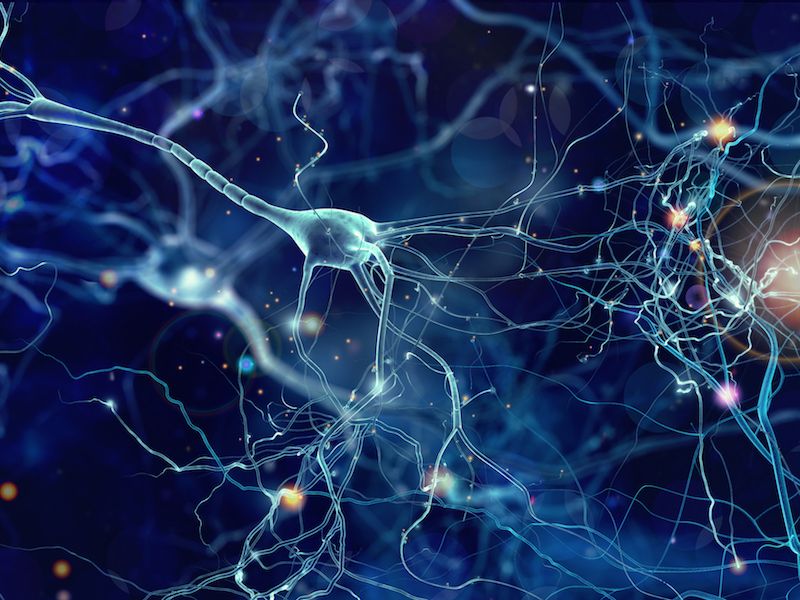
Do you spend much time considering your nervous system? For the majority of people, the answer would probably be not that frequently. Generally, you wouldn’t have to worry about how your neurons are sending messages to the nerves of your body. But you tend to take a closer look when something fails and the nerves begin to misfire.
There’s one specific condition, known as Charcot-Marie-Tooth (CMT) disease, which can influence the nervous system on a fairly large scale, though the symptoms normally manifest mainly in the extremities. And there’s some evidence that implies that CMT can also cause high-frequency loss of hearing.
What Is Charcot-Marie-Tooth Disease?
Charcot-Marie-Tooth disease is a set of inherited conditions. The protective sheathing surrounding the nerves malfunction due to a genetic disorder.
This means that the impulses sent from your brain to those nerves (and from those nerves back to your brain) don’t progress all that well. A loss of motor function and sensation can be the result.
CMT can be found in a number of variations and a mixture of genetic considerations normally result in its expressions. For many people who have CMT, symptoms begin in the feet and go up into their arms. And, high-frequency hearing loss, curiously, has a high rate of occurrence among those with CMT.
The Cochlear Nerve: A Connection Between CMT and Loss of Hearing
There has always been an anecdotal connection between loss of hearing and CMT (which means that within the CMT culture everybody has heard others tell stories about it). And it was hard to realize the link between loss of sensation in the legs and problems with the ears.
The connection was firmly established by a scientific study just recently when a group of scientists evaluated 79 people with CMT at the University of Iowa Hospitals and Clinics.
The findings were quite conclusive. Almost everyone with CMT passed their low and moderate frequency hearing tests with flying colors. But all of the individuals showed hearing loss when it came to the high-frequency sounds (usually across the moderate levels). According to this study, it seems pretty likely that CMT can at least be connected to high-frequency hearing loss.
What is The Cause of Hearing Loss And How Can it be Addressed?
At first, it may be perplexing to attempt to identify the link between high-frequency hearing loss and CMT. But everything in your body, from your eyebrows to your toes, relies on the correct functioning of nerves. Your ears are exactly the same.
What many researchers hypothesize happens is that the cochlear nerve is affected by the CMT – disrupting your ear’s ability to translate and transmit sounds in a high-frequency range. Anyone with this kind of hearing loss will have a hard time hearing specific sounds, including voices. Trying to understand voices in a crowded noisy room is especially hard.
This type of hearing loss is usually managed with hearing aids. There’s no recognized cure for CMT. Modern hearing aids can isolate the exact frequencies to amplify which can give considerable assistance in fighting high-frequency hearing loss. Also, most modern hearing aids can be calibrated to function well in noisy conditions.
There Can be Various Causes For Hearing Loss
Experts still aren’t completely sure why CMT and loss of hearing seem to co-exist quite so often (above and beyond their untested theory). But this type of hearing loss can be efficiently treated using hearing aids. That’s why many individuals who have CMT will take the time to sit down with a hearing care specialist and get fitted for a custom hearing aid.
There are many causes for hearing loss symptoms. In some situations, loss of hearing is triggered by excess exposure to damaging sounds. In other circumstances, loss of hearing could be the consequence of an obstruction. It also appears that CMT is another possible cause.